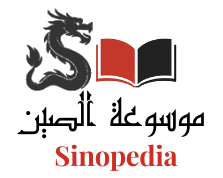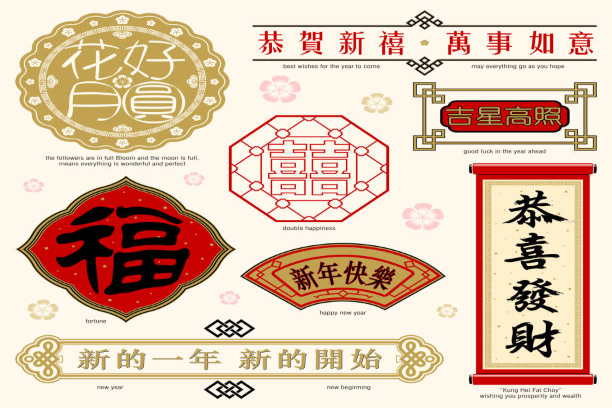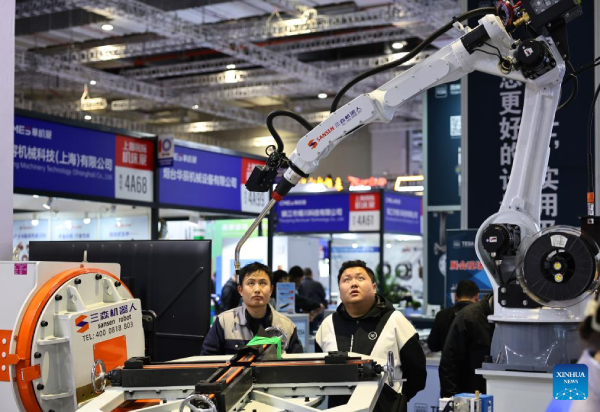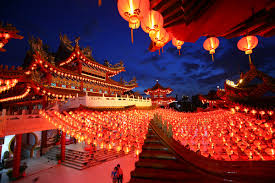Introduction: Chinese – A Timeless Fabric
The Chinese language, with its multiple dialects, is the most widely spoken language in the world in terms of native speakers, exceeding 1.4 billion people. Its distinction lies not only in this vast reach, but also in its unparalleled longevity among living languages. Tracing its roots back over 3,000 years, it draws upon the earliest linguistic records found in oracle bone inscriptions from the Shang Dynasty (16th–11th centuries BCE). This immense temporal span has endowed the Chinese language with a unique cultural and linguistic depth, making it a mirror that reflects the entire evolution of Chinese civilization.
This article explores the historical journey of the Chinese language, the development of its writing systems, its unique linguistic features, and its central role in shaping Chinese philosophy, literature, and art—highlighting how it has woven an enduring legacy across the ages.
Chapter One: A Journey Through Time – The Evolution of Chinese Writing
Ancient Roots: From Bone to Bronze
The origins of Chinese writing stretch back to remote antiquity, with oracle bone inscriptions—dating to the late Shang Dynasty (1300–1046 BCE)—representing the earliest documented examples. These inscriptions, carved onto turtle shells and animal bones, were not mere symbols; they were logographic and phonetic characters, primarily used for divination. Remarkably, certain pictorial elements from these ancient forms remain in modern Chinese characters, indicating an extraordinary continuity.
The intimate connection between ritual use (divination) and the birth of writing reveals that in its earliest stages, Chinese writing was not simply a practical tool for daily communication. Rather, it served a sacred function—bridging the human and spiritual worlds, recording fateful events, and thereby gaining profound cultural significance from its inception.
This stage was followed by bronze inscriptions, which became common during the Eastern Zhou period (770–256 BCE). These were cast or engraved onto bronze vessels, signaling advances in writing materials and an expansion in usage to social and political life.
Unification under Qin Shi Huang: Standardizing the Written Word
A decisive turning point came in 221 BCE when Emperor Qin Shi Huang unified the warring states under his rule. His unification extended beyond politics, law, weights, and currency—it also standardized the writing system across the empire. This linguistic reform was a calculated political strategy to strengthen centralized control and cement a unified cultural identity.
Yet, this unification came with contradictions. Historical sources suggest Qin Shi Huang ordered the burning of many historical and philosophical texts. This highlights the tension between linguistic standardization as a tool for unity and the suppression of intellectual diversity.
After the Qin era, Chinese writing continued to evolve into various script styles, including Clerical Script (隸書), Regular Script (楷書), Semi-cursive Script (行書), and Cursive Script (草書), later joined by Simplified Script (簡體字). Regular Script, which matured stylistically by the 7th century CE, remains one of the most widely used today for its clarity and simplicity.
Simplified vs. Traditional: A Modern Divide
Today, Chinese writing exists in two primary forms: Traditional and Simplified. Simplified characters were introduced in Mainland China, Singapore, and Malaysia in the 1950s to boost literacy rates by reducing character complexity. The first “Table of Simplified Chinese Characters” appeared in 1937, with full implementation in 1956.
Traditional characters remain in widespread use in Taiwan, Hong Kong, and Macau, as well as among overseas Chinese communities in North America. This divergence is not merely graphical—it reflects political and cultural divides. Simplification was part of a modernization push, while the preservation of traditional forms is seen as an act of cultural heritage.
A brief comparison:
| Feature | Simplified Chinese | Traditional Chinese |
|---|---|---|
| Usage Areas | Mainland China, Singapore, Malaysia, SE Asian diaspora | Taiwan, Hong Kong, Macau, N. American diaspora |
| Main Goal | Increase literacy, simplify learning | Preserve historical and cultural heritage |
| Example (“Leaf”) | 叶 | 葉 |
| Example (“Dragon”) | 龙 | 龍 |
| Common Text Flow | Horizontal | Horizontal or vertical |
Chapter Two: The Heart of the Language – Unique Linguistic Features
The Tonal System: A Symphony of Meanings
Tones are a defining feature of Chinese, where changing the pitch contour of a syllable changes its meaning entirely. For example, “ma” can mean “mother,” “hemp,” “horse,” or “to scold,” depending on the tone.
In Standard Mandarin, there are four main tones plus a neutral tone:
First tone – high and level: 妈 mā “mother”
Second tone – rising: 麻 má “hemp”
Third tone – falling then rising: 马 mǎ “horse”
Fourth tone – sharply falling: 骂 mà “scold”
Neutral tone – light, unstressed: 吗 ma (question particle)
Logographic Writing: Pictograms, Ideograms, and Hanzi
Chinese uses characters (Hanzi) rather than an alphabet. Each character represents a morpheme and can combine with others to form new words. About 2,000 characters cover over 98% of written usage.
Characters evolved from pictograms and ideograms into more abstract forms that often combine semantic and phonetic elements. This gives the language a strong visual–cultural dimension, where learning involves memorizing shapes and meanings rather than spelling patterns.
Grammar: Simplicity in Structure, Precision in Context
Despite the complexity of tones and characters, Chinese grammar is relatively simple in some respects. Verbs do not conjugate by tense or subject, and the typical word order is Subject–Verb–Object. However, temporal and aspectual markers (particles) are used to indicate time or intention. No definite/indefinite articles exist, and meaning is often inferred from context.
Chapter Three: Language as Civilization – Philosophy, Literature, and Art
Echoes of Thought: Chinese in Philosophy
Chinese is the vessel of its philosophical traditions, particularly Confucianism and Daoism. Core concepts such as 道 Dao (“the Way”), 德 De (“virtue”), and 太极 Taiji (“the ultimate”) are deeply embedded in the language.
Confucius emphasized “rectification of names” (正名 Zhengming)—the idea that social harmony depends on precise language. Daoism, by contrast, stresses harmony with nature and minimal interference.
Poetic Spirit: Classical Chinese Literature
Classical Chinese poetry is rich in symbolism and closely intertwined with painting and calligraphy. Tones, imagery, and cultural allusions create multi-layered meanings. A rooster might symbolize dawn or revolution; a lotus, purity or resilience.
Aesthetics of the Brush: Chinese Calligraphy
Calligraphy (书法 Shufa) elevates writing to art, blending visual balance with literary meaning. Stroke order, brush pressure, and the interplay of ink and blank space all convey both artistic and philosophical depth. Different historical scripts—from Seal Script to Cursive—reflect the artistic spirit of their times.
Conclusion: A Living Legacy
Chinese, with its millennia-old heritage, tonal richness, and symbolic writing system, is far more than a communication tool. It is a living tapestry embodying the intellectual, artistic, and spiritual journey of Chinese civilization. To learn it is to step into a deep cultural current, where language becomes the heartbeat of history.








